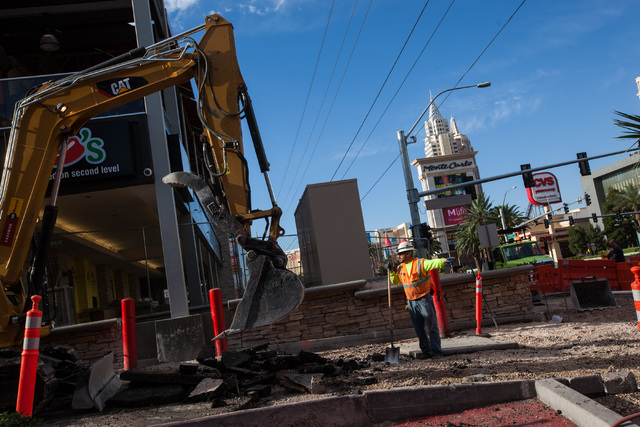Report: 42 Nevadans died from on-the-job injuries in 2013

CARSON CITY — Forty-two Nevada workers lost their lives because of on-the-job injuries in 2013, according to a new report released by the AFL-CIO that was based on data from the U.S. Bureau of Labor Statistics.
The number of deaths ranked Nevada 20th best among states with a rate of 3.0 per 100,000 workers. The national rate is 3.3. Nevada’s rate was 3.6 in 2012.
Among the causes of death, seven were attributed to assaults and violent acts, 15 were transportation related, eight were the result of fires and explosions, six were falls and four were related to contacts with objects and equipment.
Nationally, 4,585 workers were killed on the job during 2013 because of workplace injuries. Additionally, an estimated 50,000 died from occupational diseases, resulting in a loss of nearly 150 workers each day from preventable workplace conditions.
Over the past four years, the job fatality rate has declined slightly each year, with a rate of 3.3 deaths per 100,000 workers in 2013 compared with a rate of 3.6 per 100,000 workers in 2010.
North Dakota had the highest fatality rate in the nation (14.9 per 100,000 workers), followed by Wyoming (9.5), West Virginia (8.6), Alaska (7.9) and New Mexico (6.7).
The lowest state fatality rate (1.6 per 100,000 workers) was reported for Hawaii, followed by Washington (1.7), Connecticut and Massachusetts (1.8), and New York and Rhode Island (2.1).
The report also notes the rise of Latino worker deaths, as the Latino fatality rate was 18 percent greater than the overall rate. In Nevada, nine of the total deaths in 2013 were Latino or Hispanic workers.












